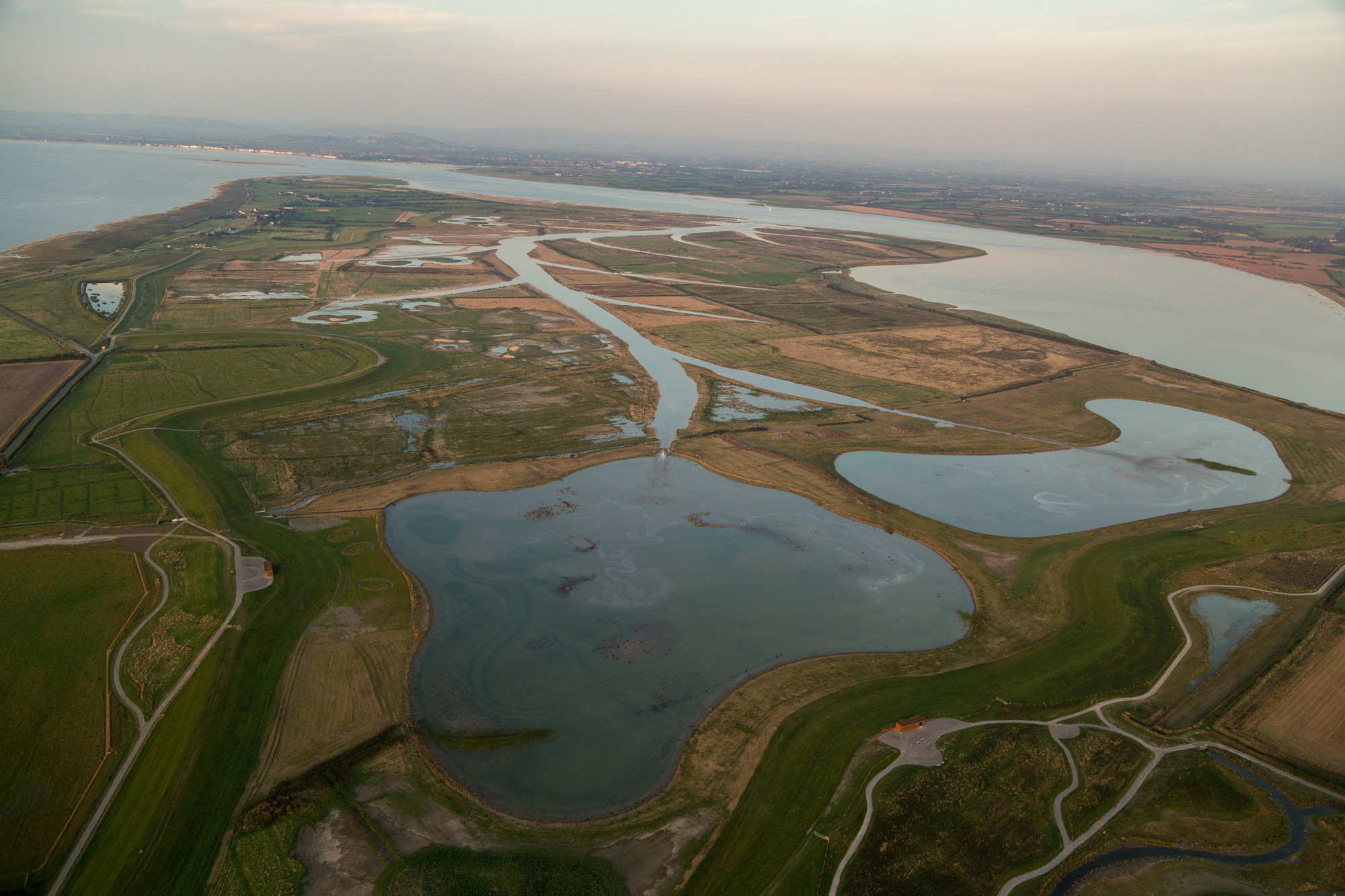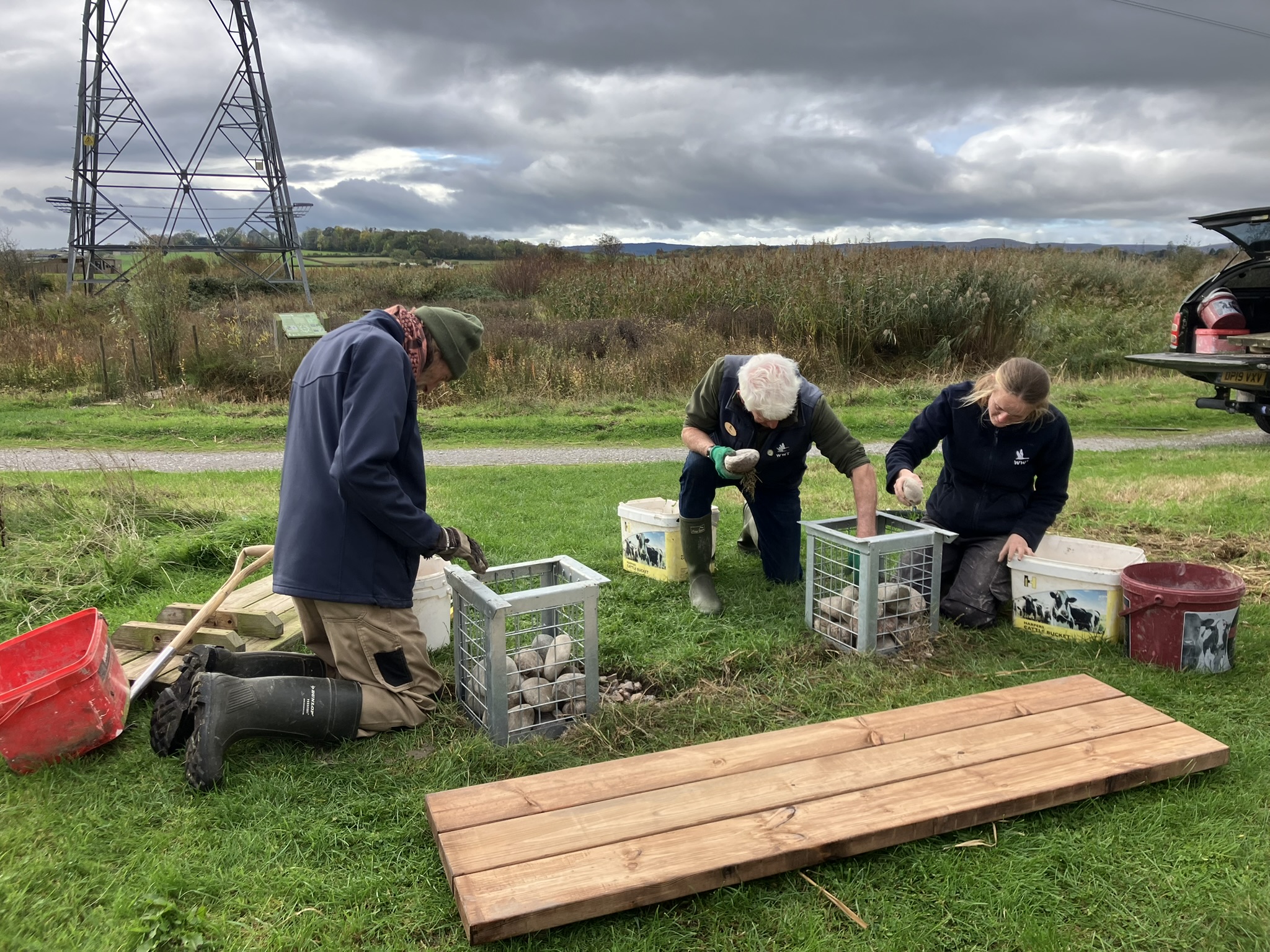Steart Marshes - a model example
Site manager Alys Laver attended the REACH conference “Restoring Estuarine & Coastal Habitats in the North East Atlantic” on the 16th July at the Natural History Museum in London. Read on to find out more ...

I was fortunate enough to be able to attend the REACH conference “Restoring Estuarine & Coastal Habitats in the North East Atlantic” on the 16th July at the Natural History Museum in London. The first conference of its type, hosted by the Environment Agency, saw the coming together of experts from academia, government, NGOs and industry to recognise what we have lost, develop an understanding of what we can do and inspire a cause to restore estuarine and coastal habitats.
England’s 25 Year Environment Plan sets out a challenging ambition to restore marine biodiversity and this conference was the first step in responding to this challenge.The focus was our near shore seas and estuaries, their transformation by human activity and the significant losses of key habitats and the services they once provided. Delving into our capability to reverse some of these changes and the growing interest in, and examples of, habitat restoration.
The day was kicked off with an introduction from the Chair of the Environment Agency, Emma Howard Boyd and the Environment Minister Thèrèse Coffey (Pictured below) talking estuarine habitats, natural flood solutions, farmers and communities working together to improve the protection and raise awareness of our coast. A great advert for our coastal wetlands and their value to people as well as the wildlife.

Speakers were grouped into the past, present and future offering a wide range of views and practical solutions. Looking at the challenges, opportunities and innovative financial mechanisms to fund restoration in the future.Essential for finding sustainable ways to move forward. Economists are working with conservation bodies to find an effective and consistent approach to price the services nature provides to humans. Not popular with some, but key to getting the people who can make changes in our policies to listen and value the natural environment.
What really topped off a truly inspiring day, was the mention of Steart Marshes on several occasions as an exemplar of what can be achieved and the positive lessons that are being learnt from the management and research being undertaken on site. A sure reminder of what an amazing scheme Steart Marshes is with Natural England, Environment Agency, Institute of Fisheries Management and the Queen Mary University using Steart to talk about restoring the coast, the role of habitats for flood and coastal management, the value of intertidal habitats to fish and improving the design and development of restored and created saltmarshes.

The hope is that the momentum generated will lead to further discussions to develop future activity that pools collective expertise and capacity to achieve much greater restorative activity, greater than the sum of the parts. With a collective ambition to bring together, and inspire, a community of restoration practitioners to see what more we can achieve to benefit people and wildlife.



